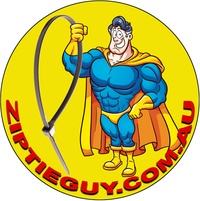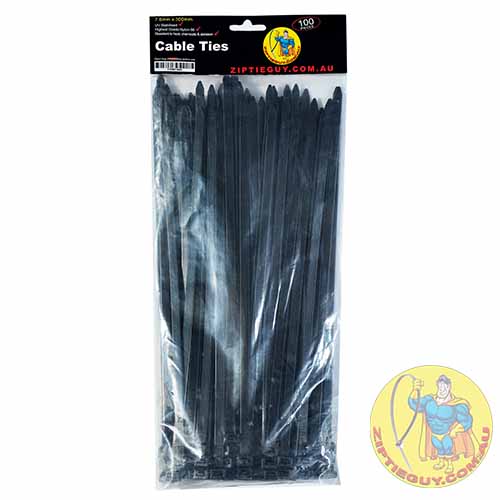Zip Tie Guy is an ecommerce store where you can purchase all manner of sizes of zip ties for use and have them shipped anywhere in Australia.
If you use zip ties feel free to tell us using our form what sizes you use and would like to see us stock. We have consistently offered the best prices in Australia and we will be opening in the new year bigger and better with a much larger range.



